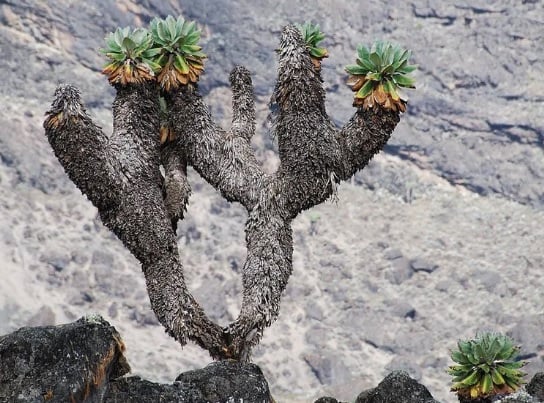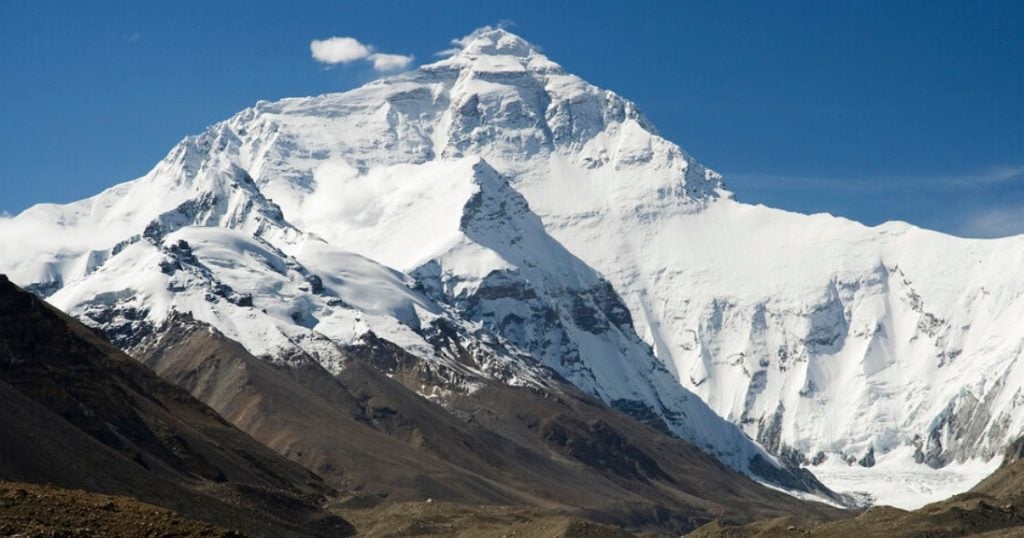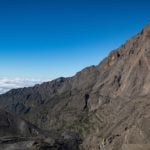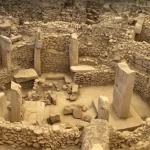Kilimanjaro Mountain
Mount Kilimanjaro is one of the most iconic and imposing landmarks in Africa, often referred to as the “Roof of Africa.” This majestic mountain is located in northeastern Tanzania and is part of the larger Kilimanjaro National Park, a UNESCO World Heritage Site. Rising dramatically from the surrounding plains, Kilimanjaro is the tallest freestanding mountain in the world, attracting thousands of climbers and adventurers every year. Its diverse ecosystems, stunning landscapes, and rich cultural significance make it a truly unique and unforgettable destination.
Geological Formation
Mount Kilimanjaro is a stratovolcano formed through a series of volcanic eruptions over millions of years. It is composed of three volcanic cones: Kibo, Mawenzi, and Shira. Kibo is the highest and the most well-known of the three, housing the iconic Uhuru Peak, which stands at an impressive 5,895 meters (19,341 feet) above sea level. Despite its volcanic origin, Kilimanjaro is currently dormant, with no signs of recent volcanic activity.
Ecological Diversity
One of the most remarkable aspects of Kilimanjaro is its ecological diversity. The mountain’s varying altitudes have given rise to several distinct ecological zones, each characterized by unique flora and fauna.
- Cultivated Zone: The lower slopes of Kilimanjaro feature lush farmland, with villages and small towns dotting the landscape. This area is known for its fertile soil, which supports the cultivation of crops such as coffee, bananas, and maize.
- Rainforest Zone: From about 1,800 to 2,800 meters (5,900 to 9,200 feet) in altitude, a dense and vibrant rainforest blankets the slopes of Kilimanjaro. This region receives ample rainfall, creating a habitat for a variety of plant and animal species, including elephants, leopards, and numerous bird species.
- Heath and Moorland Zone: Above the rainforest, between 2,800 and 4,000 meters (9,200 to 13,100 feet), lies the heath and moorland zone. Here, the landscape transitions to a more open and barren terrain, characterized by shrubs, grasses, and unique plant species like giant lobelias and senecios.
- Alpine Desert Zone: As climbers ascend further, reaching an altitude of approximately 4,000 to 5,000 meters (13,100 to 16,400 feet), the environment transforms into an alpine desert. Harsh conditions prevail here, with cold temperatures, strong winds, and limited vegetation.
- Arctic Zone: The final and highest zone, above 5,000 meters (16,400 feet), is the Arctic zone. This region is characterized by vast ice and snow fields, and temperatures can plummet well below freezing, especially at night.
Cultural Significance
Mount Kilimanjaro holds significant cultural importance for the local Chagga people who inhabit the foothills of the mountain. The Chagga have a deep spiritual connection with Kilimanjaro, considering it a sacred site and the dwelling place of their ancestors’ spirits. Various rituals and ceremonies are performed to appease the mountain’s spirits and seek blessings for a successful harvest and other endeavors.
Climbing Kilimanjaro
Climbing Mount Kilimanjaro is a dream for many adventurers and mountaineers. Due to its non-technical nature, Kilimanjaro attracts a wide range of climbers, from experienced trekkers to first-time hikers. Several routes lead to the summit, each offering a different experience and varying levels of difficulty.
However, despite its accessibility, climbing Kilimanjaro is not without challenges. Altitude sickness is a real concern, and climbers need to acclimatize properly to avoid health issues. It is essential to choose a reputable tour operator and follow experienced guides to ensure a safe and enjoyable journey.
Conservation and Sustainability
The popularity of Kilimanjaro as a tourist destination also brings challenges for conservation and sustainability. Increased foot traffic can have adverse effects on the mountain’s delicate ecosystems, leading to soil erosion and vegetation degradation. To address these concerns, the Tanzanian government, along with various conservation organizations, has implemented measures to promote responsible and sustainable tourism practices.
Conclusion
Mount Kilimanjaro stands as an awe-inspiring natural wonder, drawing visitors from around the world to witness its breathtaking beauty and conquer its mighty peak. As an emblem of Africa’s diverse landscapes and cultural heritage, Kilimanjaro remains a symbol of adventure and exploration. Climbing this iconic mountain is an experience that leaves a lasting impression on all who undertake the journey, creating memories that will be cherished for a lifetime.
The Incredible Adaptation of the Prehistoric Plant Found on Mount Kilimanjaro to Harsh Conditions!
Dendrosenecio kilimanjari : This giant plant, which is from the daisy family, is known among the people as a “mutant giant”. The plant, which came from different planets and had a prehistoric atmosphere, is thought to have evolved one million years ago.

Kilimanjaro Mountain Photos ans Map On Google
You Might Be Interested. : Gümüşler Monastery





